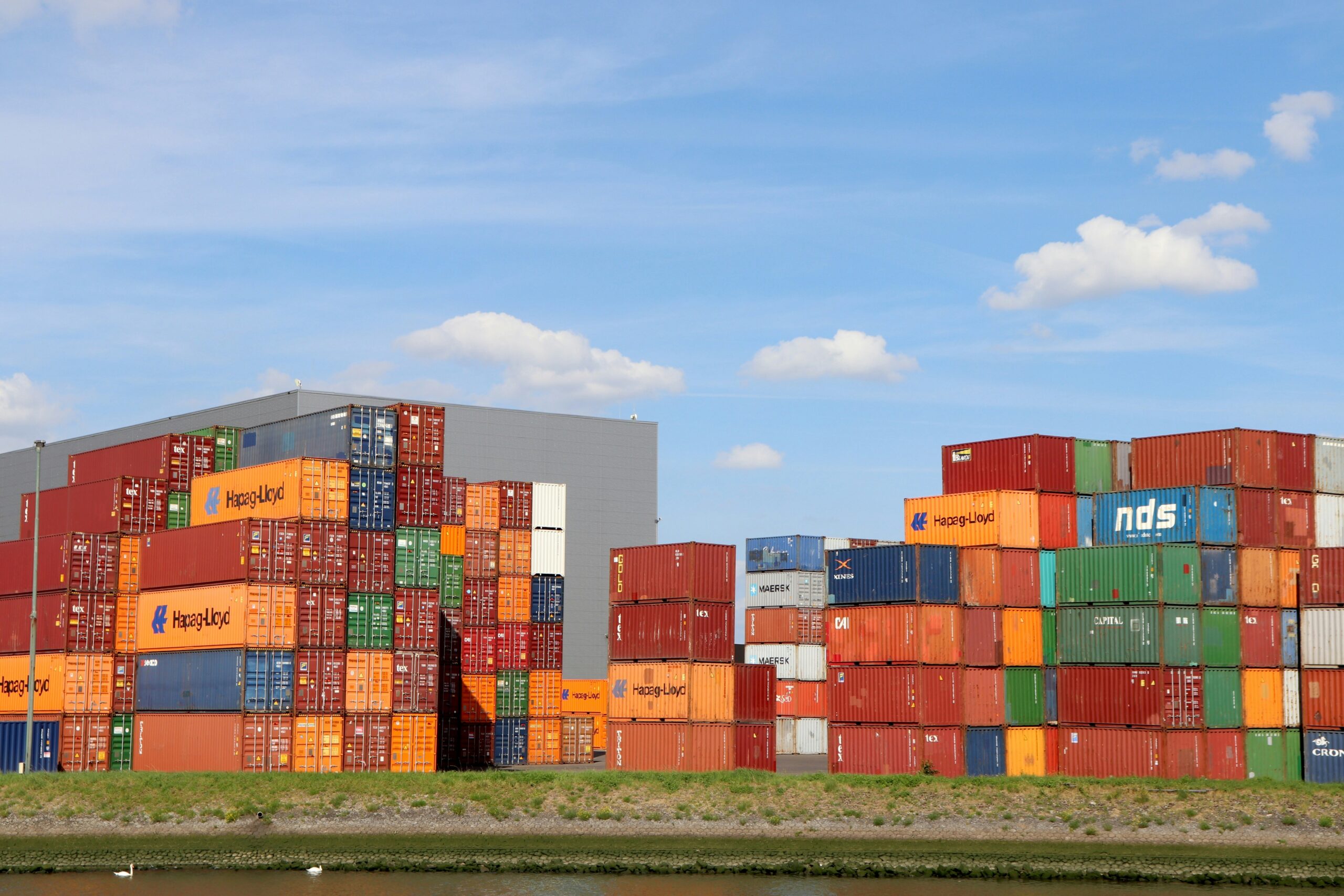
From Six Months to Six Seconds: Why Speed Demands Infrastructure Flow
The DevOps Transformation: A Blueprint for SMB Speed and Scale
It’s a tale as old as modern software: The product team is generating brilliant features, the marketing team is running aggressive campaigns, and then the whole system hits the buffers. Why? Because the underlying infrastructure—the plumbing and scaffolding—is designed for yesterday’s speed, not today’s constant iteration. This friction point, often mislabeled as a ‘people problem,’ is fundamentally a technology and complexity problem.
A few years ago, the team at Meltwater, a major Software as a Service provider, faced this challenge head-on. Their process for taking a new feature from conception to production could stretch for a debilitating six months. Six months! In the digital economy, that’s an eternity. That kind of delay doesn't just impact feature release schedules; it actively erodes market position, customer engagement, and, crucially, the internal quality of life for their engineers. They recognized that if they wanted to build products that were sticky and retained customers, they had to dismantle the infamous “wall” separating engineering (Dev) and operations (Ops).
For organizations the size of Meltwater, the solution was internal—a massive, global cultural shift backed by organizational investment in 'enablement' and events like DevOpsiCon. But what about the rest of us? What about the ambitious small and medium business (SMB) owner, the rapidly scaling eCommerce manager, or the digital agency juggling ten critical client sites? You need that same speed and reliability, but you don't have the luxury of hiring dozens of specialized DevOps engineers.
This is where the lessons of large-scale transformations become immediately relevant to smaller enterprises. The goal is the same: eliminate friction, accelerate delivery, and transform infrastructure from a cost center of headaches into a catalyst for growth. The secret is abstraction, standardization, and adopting **managed cloud hosting** solutions designed for flow, not fight.
The Unspoken Tax of the Infrastructure Wall
In the traditional model Meltwater described, engineers knew *how* things were built, and operations knew the *production systems*. This separation created ownership challenges and fostered a “not built here” mentality. When something broke, the finger-pointing started, and the customer suffered the ultimate downtime.
Organizational Friction is Infrastructure Friction in Disguise
For the SMB, this wall often isn't between two distinct, well-staffed teams. It’s an internal contradiction within one or two stressed individuals. The lead developer is expected to write cutting-edge code *and* manage the intricacies of Kubernetes networking, *and* patch the OS, *and* monitor the database performance. The agency owner is balancing client relations with sudden, catastrophic outages.
The cost of this friction is staggering. It manifests as slow deployment cycles, poor recovery times, and, most visibly, abysmal **website speed** scores. If your eCommerce site is sluggish, not only are you failing Google’s increasingly strict **Core Web Vitals** assessments, but you are actively hemorrhaging customers. A delay of just a few hundred milliseconds in load time can dramatically increase bounce rates and slash conversion metrics.
The cold reality is that highly complex, manually managed infrastructure is an unavoidable tax on productivity. That tax is paid in missed deadlines, high employee turnover, and lost revenue.
Beyond the Toolkit: Defining True Enablement
Meltwater realized they couldn't ask their feature teams to build every single piece of underlying infrastructure needed for deployment. That's simply not realistic or efficient. Their solution was to invest in 'enablement' teams—teams dedicated solely to building the framework, support tools, and standardized services that mission teams could easily plug into.
This concept of enablement is the pivot point for modern infrastructure strategy, regardless of company size. For the majority of businesses, enablement comes not from a massive internal department, but from choosing the right platform. You need a system that handles the heavy lifting of the stack, allowing your developers (or agency partners) to focus purely on the differentiating features that drive your business forward.
STAAS.IO: Abstracting Complexity for Feature Focus
This is precisely where the philosophy of Stacks As a Service (StaaS) intervenes. The promise of the modern cloud—speed, scale, flexibility—often comes packaged with overwhelming complexity (YAML files, networking configuration, storage management, etc.). We built STAAS.IO to dismantle this inherent complexity.
Think about what slows down development and deployment the most. It's usually the foundational components:
- Storage Persistence: Ensuring data survives restarts and scales reliably.
- Container Management: Dealing with the steep learning curve and operational overhead of tools like Kubernetes.
- CI/CD Plumbing: Setting up robust, automated pipelines that actually work without constant manual intervention.
A platform that provides Stacks As a Service addresses these issues head-on. By adhering to strict CNCF containerization standards, we offer a truly simplified, Kubernetes-like environment without the manual administration burden. This means the core 'enablement'—the standardized environment, the full native persistent storage, and the seamless scaling mechanism—is handled by the platform itself.
The benefit? Your team moves faster. Instead of spending 80% of their time fighting infrastructure and 20% on features, those percentages flip. This is the organizational and infrastructure flow that Meltwater spent years and millions achieving; it’s now accessible through smart platform choices.
The Cloud Migration Trap: Predictability and Ownership
Moving to the cloud, as the Meltwater team attested, introduces significant ownership challenges. When you shift from the predictable, fixed costs of a datacenter to the amorphous, usage-based model of hyperscalers, complexity can quickly morph into financial disaster.
The Myth of Infinite Elasticity and Unpredictable Billing
We’ve all heard the stories: a successful marketing campaign causes a sudden spike in traffic, the infrastructure scales beautifully, and then the CFO gets a bill that induces cardiac arrest. The sheer number of moving parts, metering systems, and instance types in large public clouds makes achieving cost efficiencies an ongoing, dedicated job—a task SMBs are ill-equipped to handle.
Gene Connolly noted the critical need to “find efficiencies more effectively than you’ve ever had to find efficiencies before” when moving to full mission responsibility. This applies to every business embracing the cloud. You need a solution where scaling is not a financial mystery but a predictable, bounded expense.
This is a core promise of STAAS.IO: our simple pricing model applies predictably whether you scale horizontally (adding more machines) or vertically (increasing resources on existing machines). This eliminates the biggest headache of cloud adoption—the unpredictable overhead costs—and ensures genuine eCommerce scalability without the budgetary shocks.
Security Through Standardization
When teams have too much freedom over the underlying stack (keeping things “loosely coupled,” as Meltwater described), security often becomes the first victim. Every custom configuration, every unique build script, every non-standard deployment method introduces a potential vulnerability.
For small and medium businesses, relying on standardized, professionally managed infrastructure is the single most effective defense strategy. By providing a unified, certified environment, platforms like ours dramatically reduce the surface area for attack. Effective **cybersecurity for SMEs** is not about having the best internal security team; it’s about choosing a foundation that is secure by default, handling continuous patching, monitoring, and adherence to best practices at the infrastructure level.
The Outcome: Achieving Infrastructure Flow State
Ultimately, the Meltwater transformation proved successful. The debilitating six-month deployment cycle transitioned to a constant, continuous stream of production changes. Instead of quarterly, high-stress releases, they achieved a flow state—hundreds of features delivered every six months.
This dramatic shift wasn't just a win for productivity; it was a win for business agility and quality of life. When deployments are easy, frequent, and low-risk, teams are more willing to experiment, iterate faster, and respond immediately to customer feedback. They can focus on building “products that are sticky,” which is the ultimate driver of SaaS and eCommerce success.
The Power of Loosely Coupled, Tightly Managed
Meltwater’s ongoing transformation relies on keeping the features loosely coupled, giving product teams freedom, but having the supporting infrastructure tightly managed and standardized. This is the model the modern SMB must emulate.
You need a platform that manages the complexity of the stack—the volumes, the containers, the scaling rules, the CI/CD integration—so that your internal or agency resources are freed up to manage only the application logic and the user experience. This streamlined approach delivers the benefits of a full DevOps structure (speed, reliability, automation) without requiring the massive internal investment necessary for large enterprises.
Transformation is, and should always be, a constant process. But the initial hurdle—the friction of complexity—must be solved first. By leveraging Stacks As a Service, businesses can skip the years of internal organizational struggle and jump straight to the state of continuous flow and predictable **managed cloud hosting** that defines market leaders.
Conclusion: Don't Build the Plumbing—Buy the Flow
The lesson from the trenches of large-scale DevOps transformations is clear: complexity is the enemy of speed. For the small and medium enterprise, trying to manage the entire modern cloud stack (from containers to storage to CI/CD) manually is a guaranteed path to friction, slow deployment, and financial inefficiency.
The modern competitive landscape demands the speed and resilience of production-grade systems—Kubernetes-like simplicity, built-in scalability, and enterprise-grade security—without the operational nightmare. Stop paying the 'DevOps tax' of building infrastructure; start focusing on building your differentiating product.
Ready to Simplify Your Stack and Accelerate Delivery?
If slow deployments, unpredictable costs, and vendor lock-in are holding back your eCommerce growth or client projects, it’s time to move beyond unmanaged cloud hosting.
STAAS.IO simplifies the entire application lifecycle. We provide a quick, cheap, and easy environment that scales seamlessly from development to production, complete with full native persistent storage and predictable pricing. Eliminate the infrastructure wall and empower your teams to focus on features, not friction.
Learn more about how Stacks As a Service can transform your deployment cycles and provide truly scalable, secure infrastructure today.




